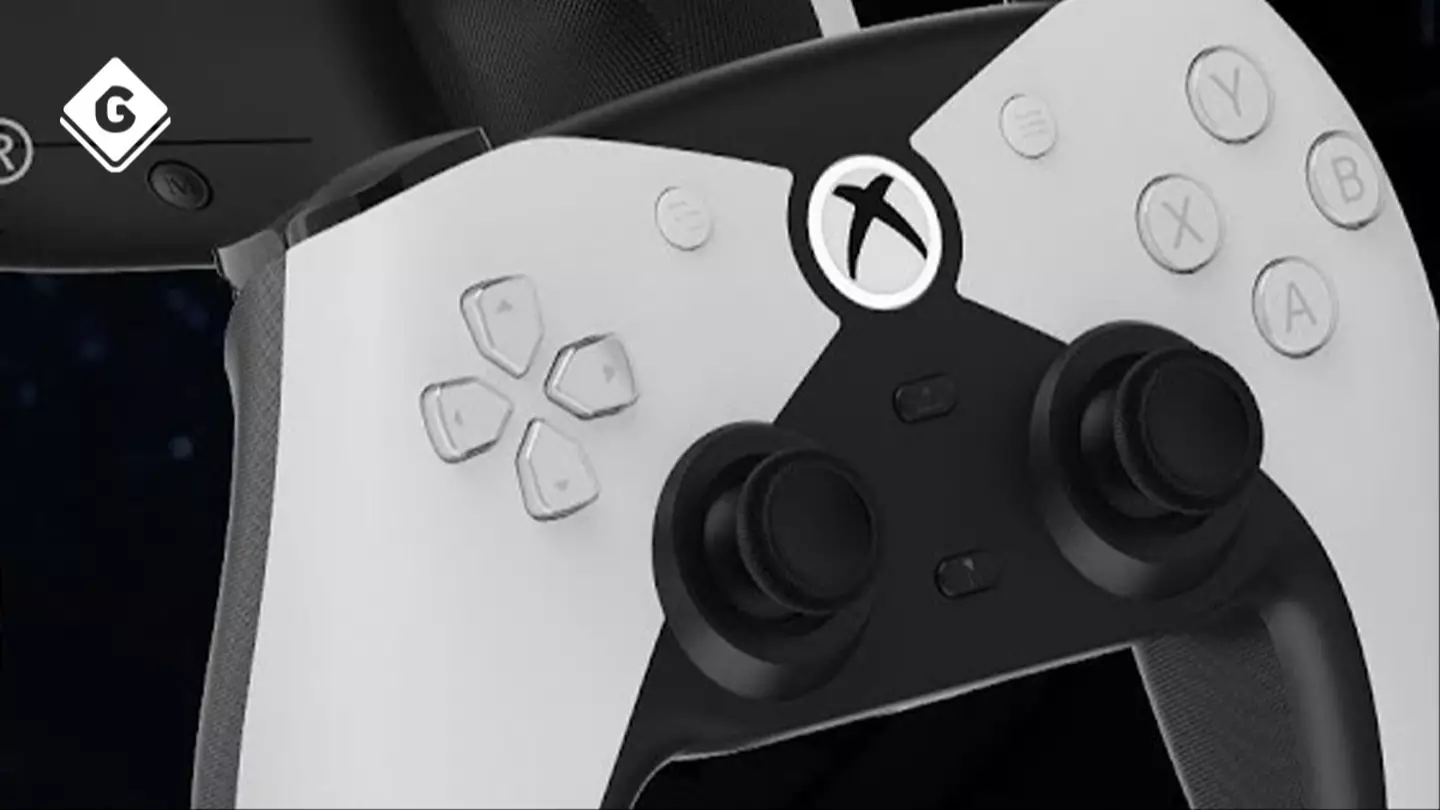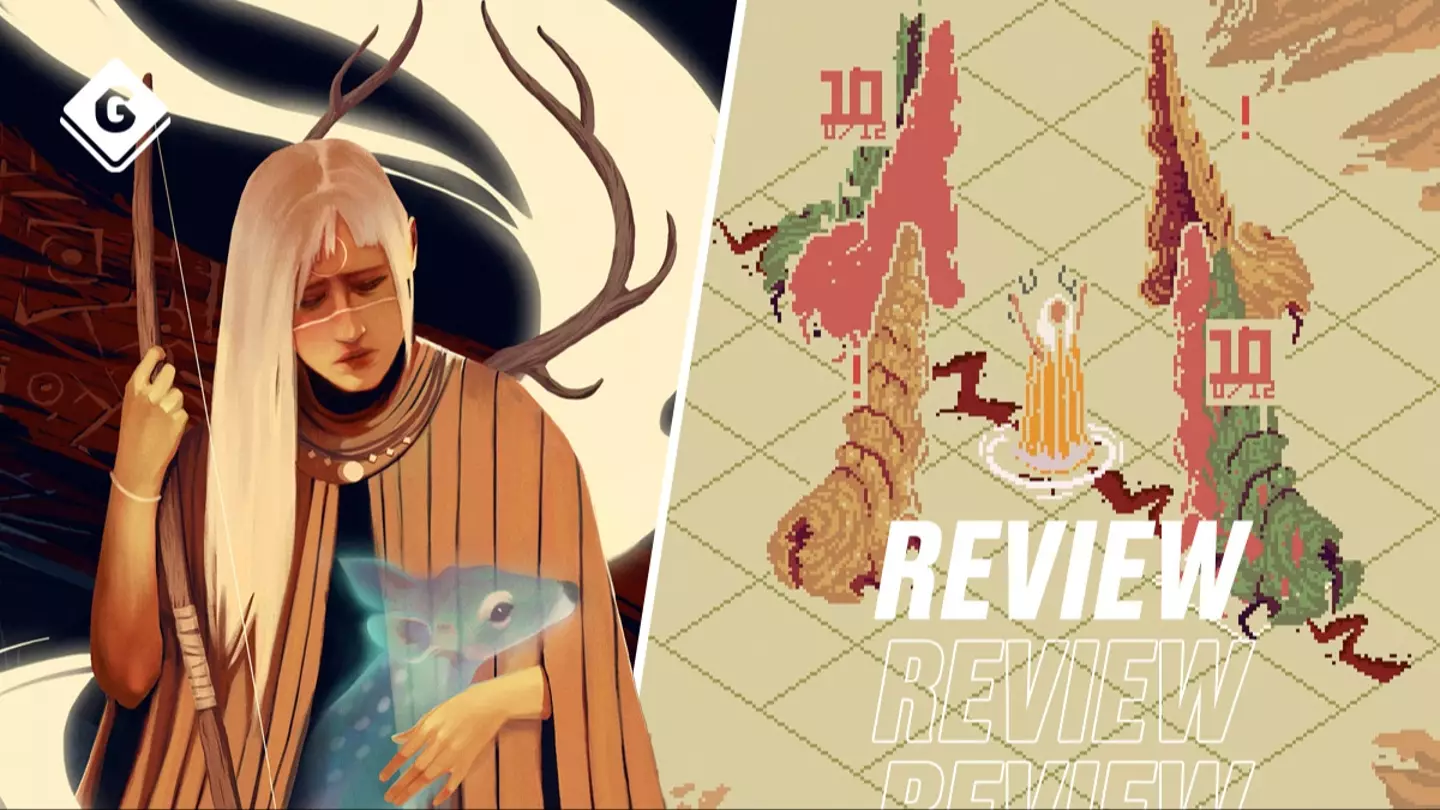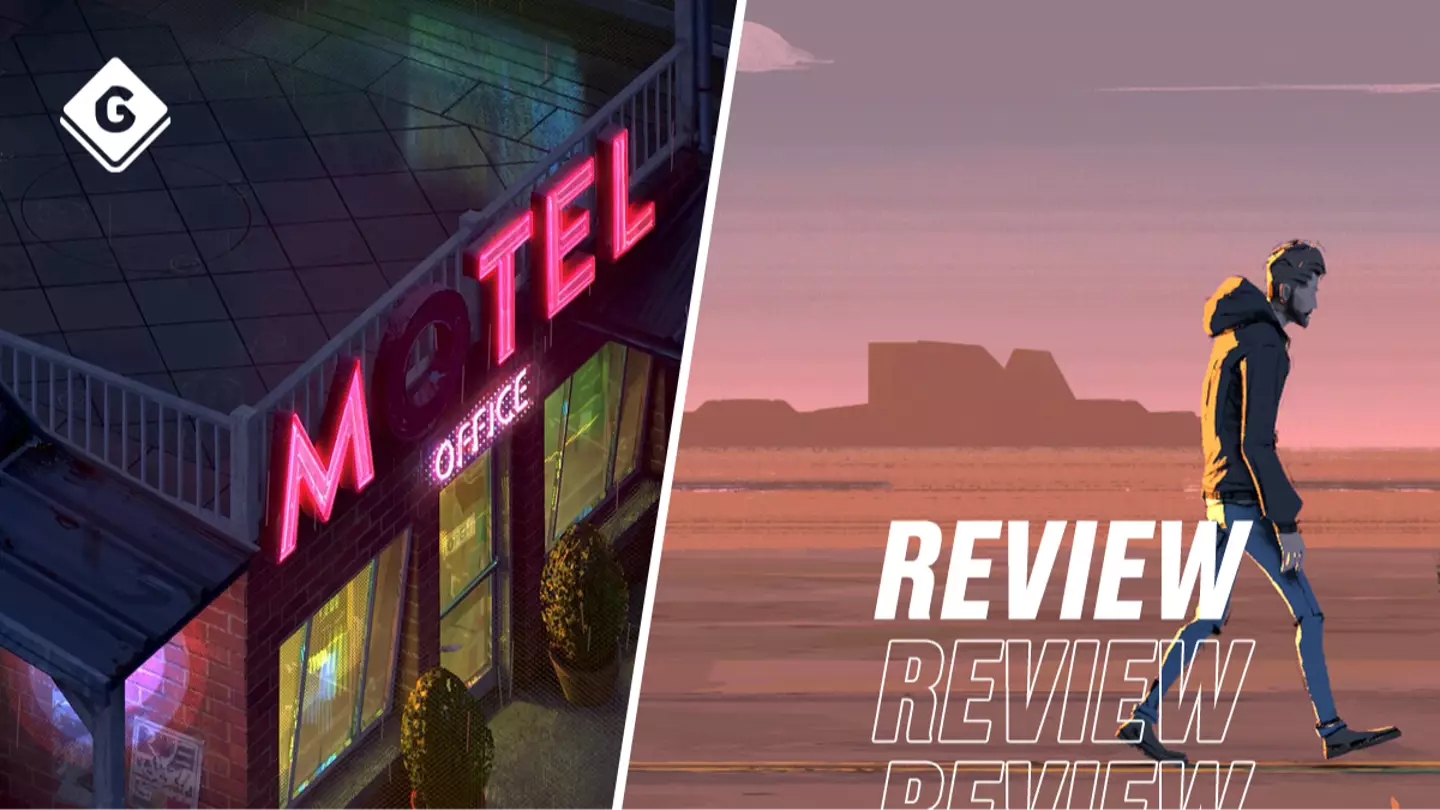Reviews
All the latest video games reviewed by our team, from the biggest AAA releases to indies you need on your radar.
All the latest video games reviewed by our team, from the biggest AAA releases to indies you need on your radar.
All the latest video games reviewed by our team, from the biggest AAA releases to indies you need on your radar.



